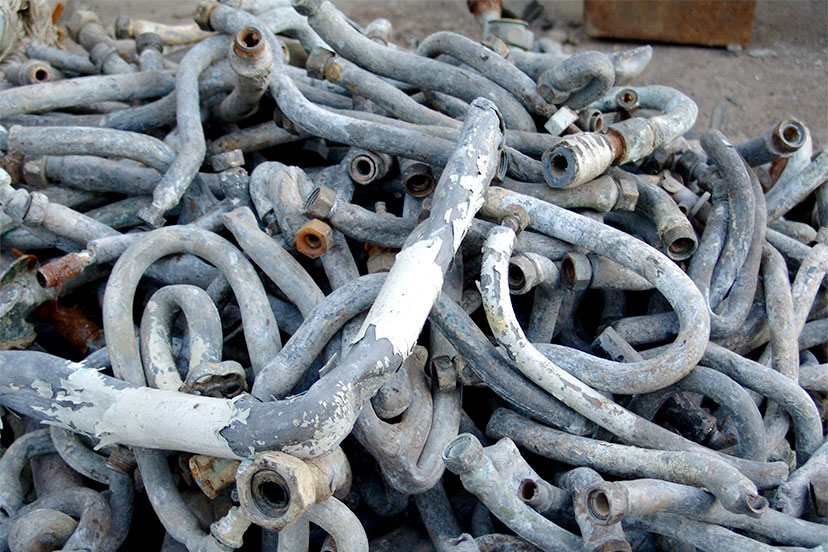That was one of my dad’s favorite expressions, when I was moving too slowly.
“Get the lead out of your pants.” Or something similar.
Reading last Thursday’s Pagosa Springs SUN, I see that our local water district — Pagosa Area Water and Sanitation District (PAWSD, for short) — has been given the task of making sure we have no lead pipes delivering water to homes and businesses. And making sure they get replaced, if they find any.
And paying the cost of replacing them, as the case may be. And please don’t dillydally about it.
Apparently, almost every major city in the U.S. used lead pipes in their drinking water systems up until about 1920, even though we’ve known since Roman times that lead was a poison.
By 1930, most drinking water plumbing was switching over the copper pipe, but lead pipe wasn’t officially banned until 1986.
So, like, 2,000 years after we knew it was poisonous.
In my house, most of the water pipes are plastic. The Romans didn’t know about plastic (according to what I’ve read). We didn’t start making plastic water pipes in the U.S. until 1948, and they weren’t “officially” approved by the American Water Works Association until 1978.
I guess, in 2,000 years, we will find out whether they are safe.
But the PAWSD situation is pretty interesting. The U.S. Environmental Protection Agency (EPA) recently revised its ‘Lead and Copper Rule’, setting the limit for lead at 15 parts-per-billion (ppb). By contrast, the EPA deemed copper much safer, setting the limit at 1,300 ppb. (No one is talking about plastic, as far as I can tell, and I’m not going to get them started.)
The new rule requires PAWSD to verify that the pipes delivering drinking water to Pagosa homes, businesses, schools and child care facilities aren’t made of lead.
Hopefully, the pipes are all made of copper or plastic, and we won’t have to worry about it for another 2,000 years.
One published study determined that a 1% increase in blood lead level raises the probability of teenage aggressive behavior by 4% and criminal behavior by 5%… and for violent crimes, the associated increase is as large as 8%. Which is a good reason not to read published studies before bedtime.
According to the SUN article by reporter Monica Nigon:
[PAWSD District Manager Justin Ramsey] explained there are about 1,500 homes and businesses in Pagosa Springs that were built before 1988, but PAWSD will test every home, business, school and child care facility regardless.
Ramsey added that PAWSD has been taking 120 samples per year for the last five to six years and has never found a detectable amount of lead in any homeowner’s or business’ water. Yet the new update requires the pipes in every home and business to be verified to be lead-free. PAWSD can do this by visual inspections or asking the homeowner, Ramsey explained.
So, if I am understanding the situation correctly, PAWSD will have to replace any lead pipes they discover… if the pipe goes from the main line to the water meter.
If the lead pipe goes from the water meter to the home or business, the property owner will have to pay to dig it up and replace it. Ouch.
But PAWSD can simply ask me, “Hey, do you have lead pipe leading from the water meter to your house?” and I can say, “Heck no. It’s all plastic.” And PAWSD is off the hook, according to the EPA. No lie detector test required.
President Biden’s infrastructure bill included $15 billion over five years to replace lead pipes and service lines across the U.S. I came across one estimate that calculated 10 million lead service lines. So a few plumbers are probably going to be buying fancy new pickup trucks.
Unfortunately, the cost to replace all the lead service lines in the country is estimated at $45 billion.
Underrated writer Louis Cannon grew up in the vast American West, although his ex-wife, given the slightest opportunity, will deny that he ever grew up at all. You can read more stories on his Substack account.

